Kosuke Tsumura [ MODE less CODE ]
2010.2.20 Sat - 3.20 Sat
NANZUKA UNDERGROUND is pleased to present the solo-exhibition by Kosuke Tsumura(1959-). Kosuke Tsumura was awarded “So-en” prize in 1982, and he is well known as fashion designer, who started his own fashion brand “FINAL HOME” from the Miyake Design Company. His creativity, based on the concept such as “defense”, “survival”, has never stopped just in the field of fashion design, but also it has been regarded widely in the various fields, beyond the border of expression. For example he took part in “The 21st exhibition of Japanese Contemporary Art” in Museum of Contemporary Art Tokyo in 1992, where he was awarded in the second prize, “VISION OF THE BODY: FASHION OR INVISIBLE CORSET” in Museum of Contemporary Art Tokyo in 1999, “Venetia Biennial Architecture Exhibition” in 2000, and “SAFE DESIGN TAKES ON RISK” in MOMA the Museum of Modern Art, NY in 2005. Tsumura’s multiple creativity, with both elements of Mode and Art, shows us the new possibility for the expression today.
For this exhibition, Tsumura shows fabrics, reusing plugs and LAN cables, which were destined to be industrial waste. It is not just because he has been very good at using themes such as “recycling” and ”ecology”. But also classical working techniques with his hands, such as “knitting by hand” and “patchwork” are based on his pure sincerity as artist, who is a fashion designer on the other hand. Tsumura considers about the invisible added value, such as “time” and “techniques”, which is made in the background of handwork. He says, “I consider of the relieved mind by twisting strings each other, not to stop my own creativity by taking it for craft and design.”
Tsumura comments for this exhibition as follows:
“The surface of the city, where mode melts unclearly and stopped to work, floats in the air wondering to look for warmth in those old days impossible to go back. This is my challenge to make another dreamy code by using affectionate traditional craft-techniques such as “knitting by hand” and “patchwork”, and to put good sleep to the functional monster called “development”, which is flooded with the jungle of mechanical codes, and natural design made of chemical materials.
We will have the opening reception with the artist. We look forward to seeing you at the exhibition.
Kosuke Tsumura [ MODE less CODE ]
Date : 2010.2.20 Sat - 3.20 Sat
Place : NANZUKA UNDERGROUND
opening hours : Tue-Sat 11am-7pm
Opening Reception : 2010.2.20 Sat , 6-8pm

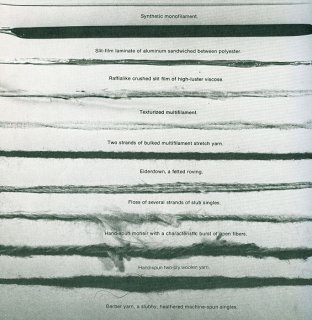
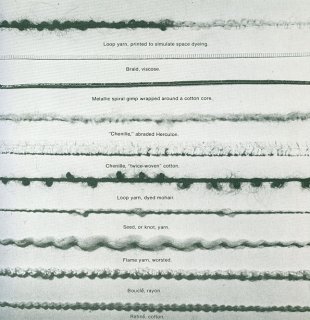
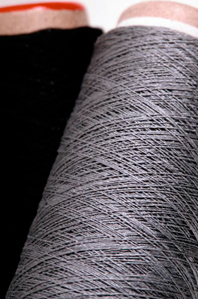
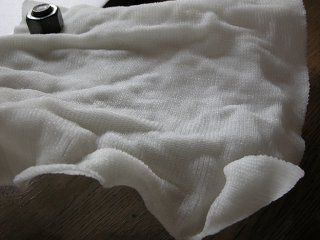
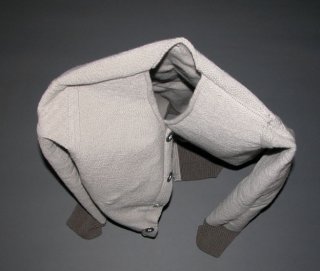
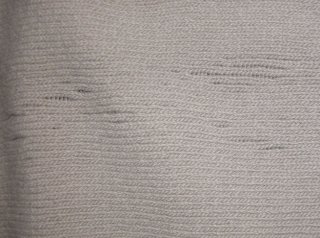


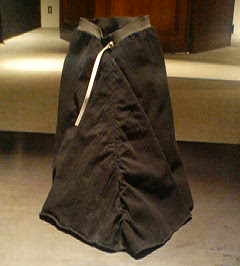










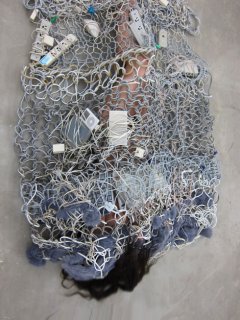
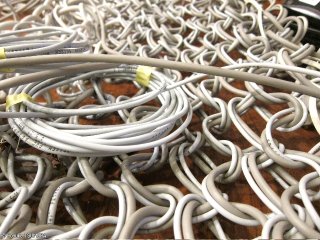
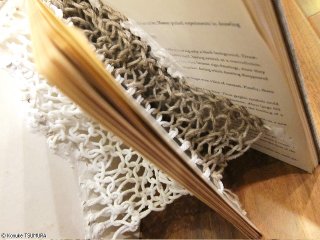
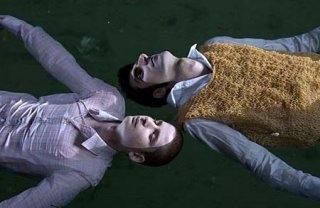

 ...
... ...
...



